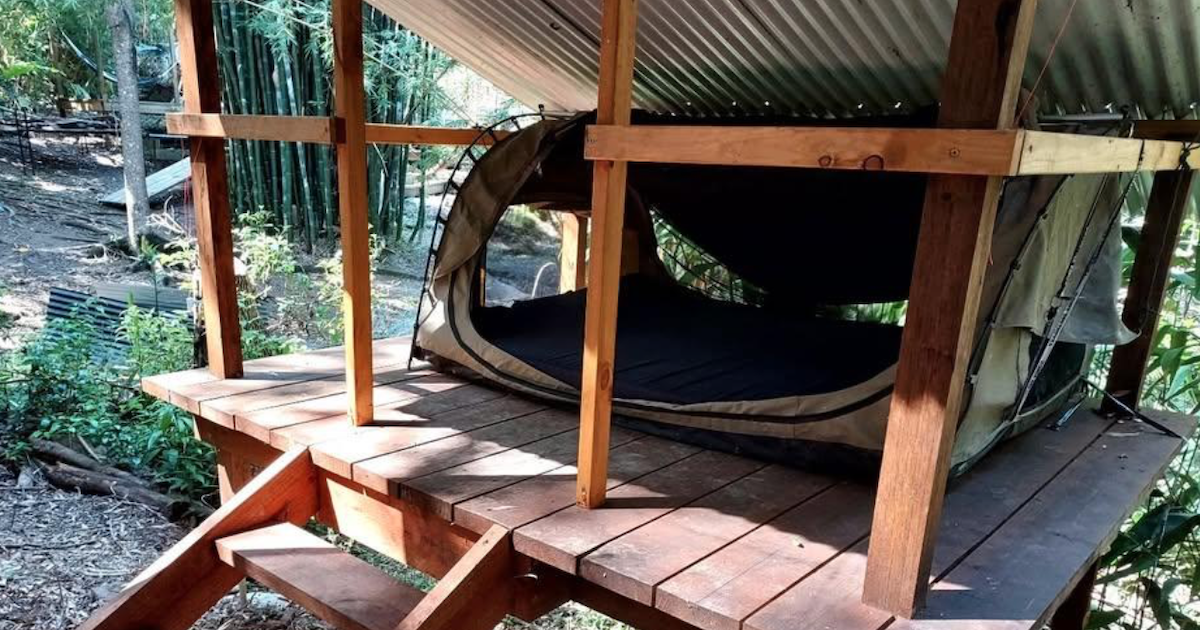Fungi underpin healthy ecosystems
By Alison Pouliot
In recent years, conservation groups are starting to recognise the importance of including fungi in their thinking about land restoration.
Many are wanting to understand their ecological significance and how to incorporate them in their efforts to rejuvenate ecosystems. Various Landcare groups host fungus workshops, communities run mushroom festivals and a general groundswell of interest in fungi are bringing these curious organisms into the spotlight.
While we often only become aware of fungi when mushrooms push through the earth, the growing and feeding part of the fungus exists underground as a network of connective fibres known as mycelia. This scaffold of mycelia provides the basic architecture of soil, underpinning its structure and function. Many fungi form connections with a great variety of plants (> 90 per cent) known as mycorrhizal symbioses. In these subterranean alliances, fungi greatly extend plant root systems, helping them to access water and nutrients. They also improve the resilience and health of plants by increasing their drought tolerance and resistance to soil-borne disease.
In return for all this work, plants supply fungi with sugars produced through photosynthesis. These relationships are especially important in Australia’s old and weathered, phosphorus-poor soils. What’s more, these mycorrhizal networks stretch beyond just individual trees. Fungi extend relationships through the soil to other plants, assisting nutrient transfer between them and uniting plant communities. Mycorrhizal networks are now considered to be the orchestrators of plant interactions mediating their growth and survival. Successful revegetation therefore means understanding how to accommodate fungi as well.
Fungi are also the great recyclers of organic matter, returning nutrients to the soil and making them available to plants. Through secreting enzymes they can degrade almost any organic material containing carbon. Although bacteria and invertebrates also contribute to decomposition processes, only fungi degrade lignin. Every leaf and stick that falls to the ground is likely to be recycled by fungi.
So how can we help fungi to flourish? Maximising habitat types and microclimates by retaining a variety of organic matter (leaves, sticks, branches, bark etc., of varying age and size) provides the best opportunity for a diversity of fungi to colonise. Additionally, removing, or minimising stresses to fungi such as physical disturbance to soils, compaction, over-watering, fire, excessive use of fertilisers and chemicals all help fungi.
Dr Alison Pouliot is an ecologist and photographer who runs fungal ecology workshops in Australia and internationally. She is author of The Allure of Fungi, Wild Mushrooming and Underground Lovers. www.alisonpouliot.com.
She will be speaking at the Moorabool Mushroom Festival in Ballan, which is running from 15 – 16 April. For more information, visit www.myco.org.au/alison-pouliot.



















